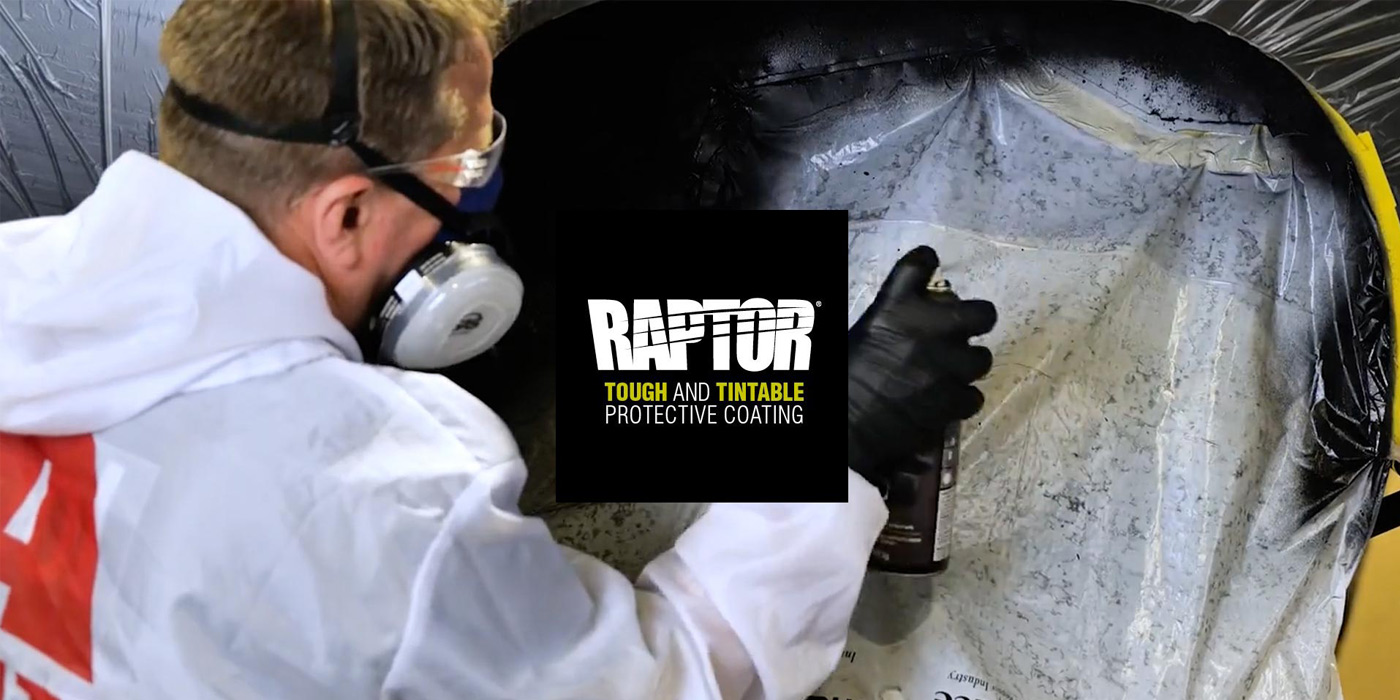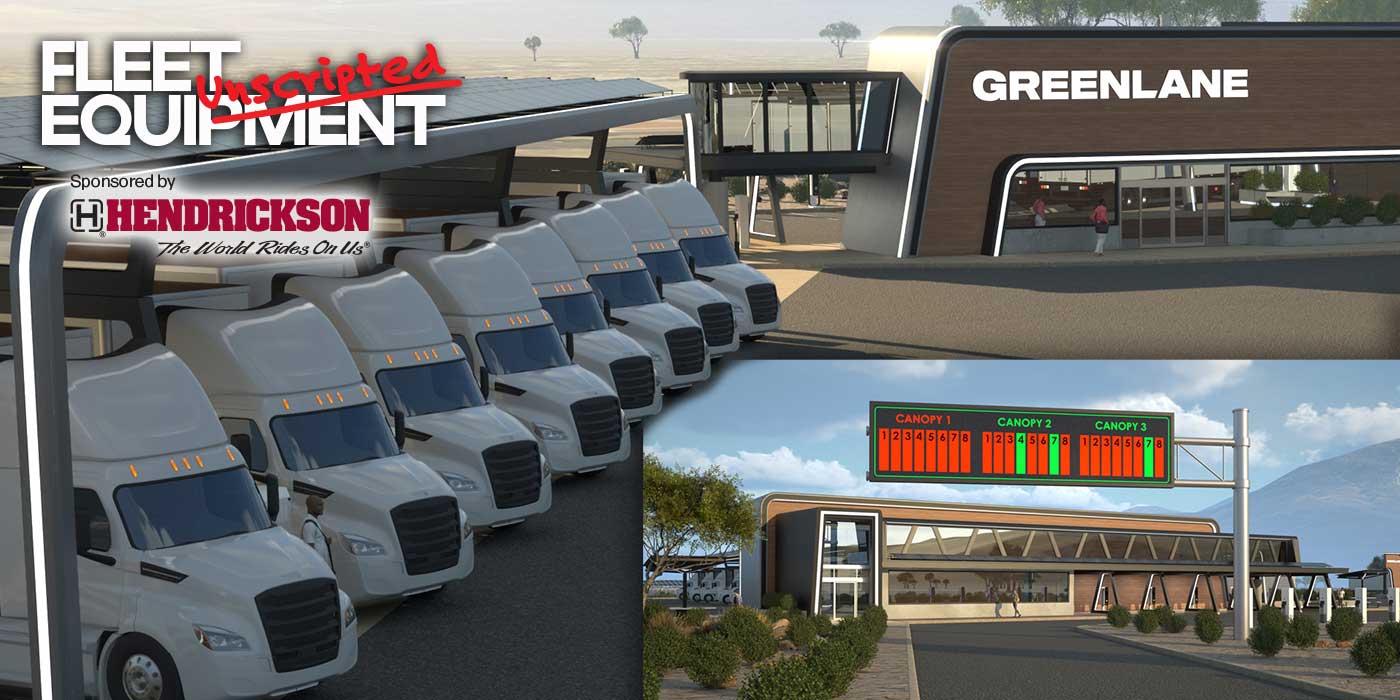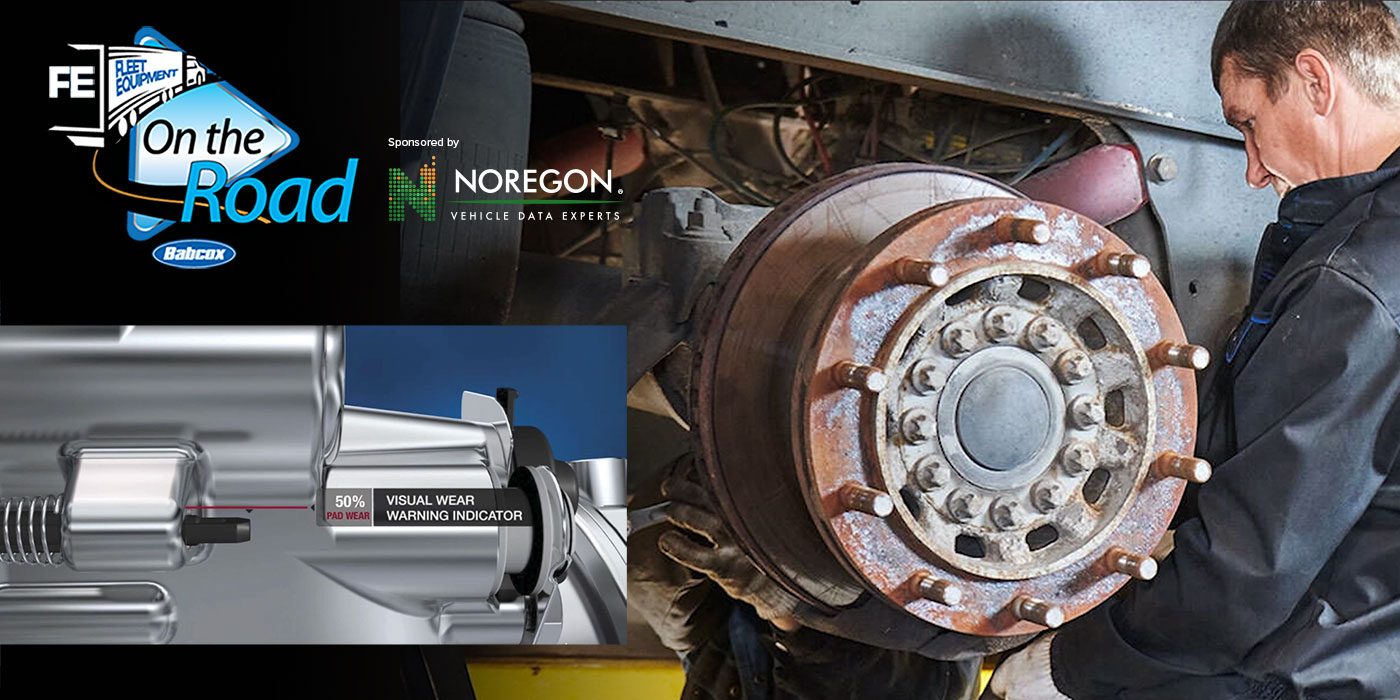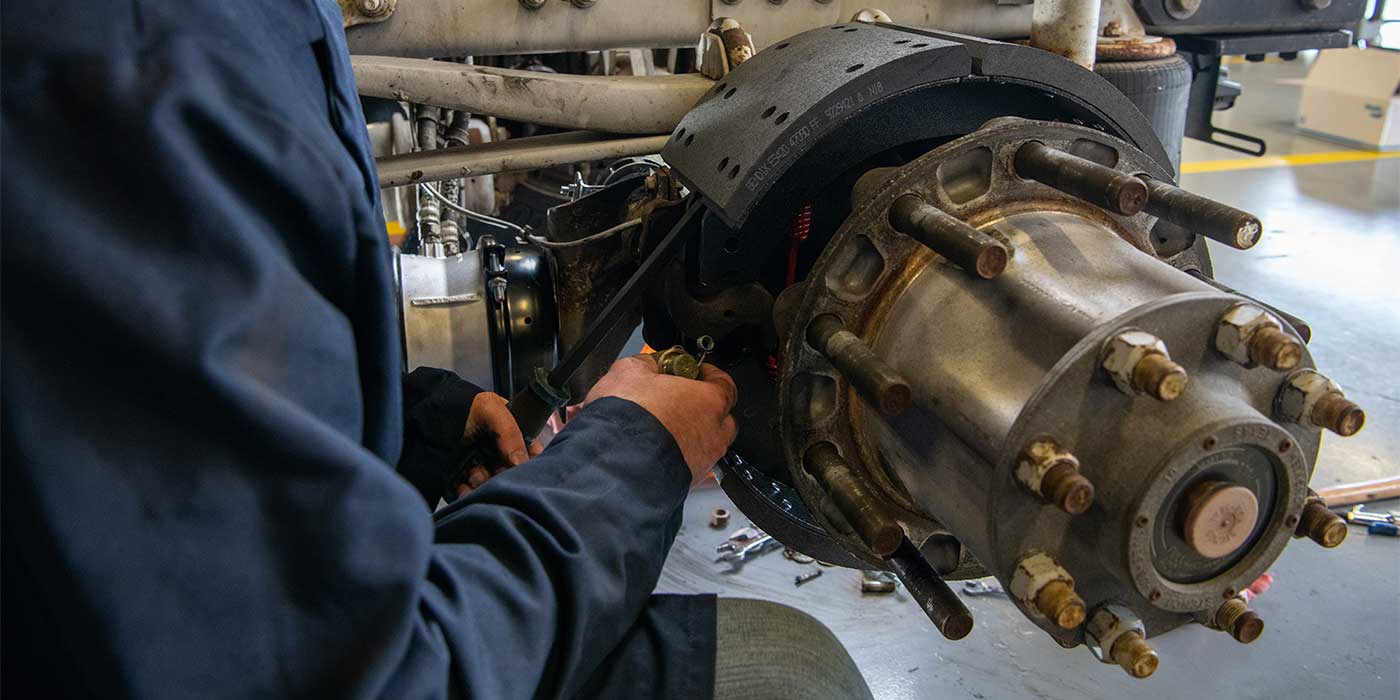Located within the secluded Texas desert is Continental’s Uvalde Proving Grounds, a testing site spanning an 4,927 acres. It is here that Continental’s tire products, retreads and technology offerings undergo development and rigorous examination. Despite the sweltering 110-degree weather, FE braved the elements with the Continental team to bring you a firsthand look at what’s going on within the facility.
In the realm of fleet management, a universal solution simply does not exist. Every fleet application comes with its distinct set of requirements, necessitating a wide range of solutions to achieve optimal performance—and that goes for every single component. While the aftermarket provides an extensive offering of equipment specs, the abundance of choices can paradoxically complicate decision-making. This holds true for tires too, where selecting the ideal fit for your fleet becomes an essential yet challenging task.
With so many options being thrown at you, it’s important to consider spec’ing options and how they impact your truck’s performance. For example, tread patterns play a crucial role in tire performance regardless of application, but for the long-haul space, tire tread patterns are designed to minimize rolling resistance and enhance fuel efficiency, featuring shallower grooves to promote smoother rolling on highways, thus, resulting in improved mileage and reduced energy consumption.
In contrast, off-road applications demand tires with aggressive, deeper tread patterns. Deeper grooves and increased sidewall strength are essential to provide enhanced traction on uneven and abrasive terrains. These tires are specifically designed to grip loose surfaces, such as gravel, mud, or sand, ensuring maximum control and stability in off-road environments.
Bridney Jordan, product manager for Continental, underscored the significance of employing the appropriate compounding and tread pattern during tire and tread production, as it relates to application, emphasizing its impact on braking performance.
“If it’s gonna be construction, the compound we use is going to be durable, chip and chunk resistant. It’s gotta go off-road, so we have to make sure that the compound can withstand that,” Jordan said. “If it’s gonna be a long-haul to a regional application, what these particular retreads are meant for, we care about mileage and fuel efficiency because they’re not going off-road as much. They’re on paved roads, maybe a little bit of gravel. Second thing—tread design. If you’ve ever seen a winter tire before, you’ll see a ton of sipes, an excellent characteristic of a tire. This particular tread design, the HDL 3 LTL-R has full-depth sipes from the top of the tread to the bottom.
“Traction, which is gonna relate to braking distance with your tires, is everything,” Jordan noted.
Jordan demonstrated the significance of traction and grip on Continental’s retreaded steer tires, the Conti Ecoplus HS3+. A wetpad demonstration was conducted on a PACCAR Model 567 sleeper tractor. By pushing speeds to approximately 50 MPH, the driver engaged the brakes, exhibiting an average outcome of a 57.175 meter stopping distance.
Fleet Equipment’s On The Road is sponsored by Wix Filters. Subscribe to our newsletter to catch every episode as we dive into the best practices and servicing information to keep your trucks On The Road.













